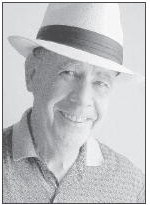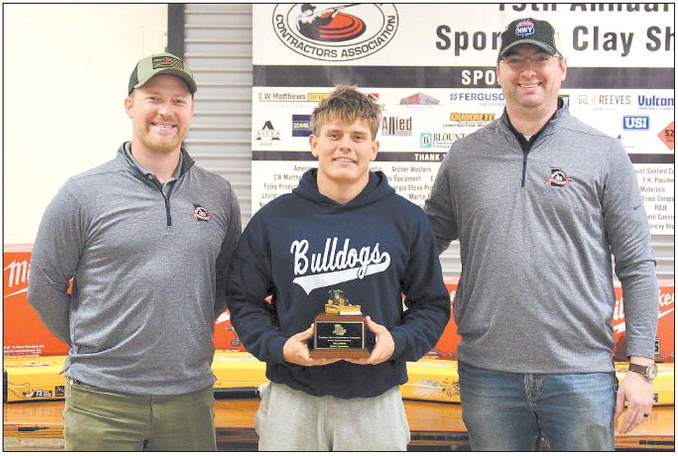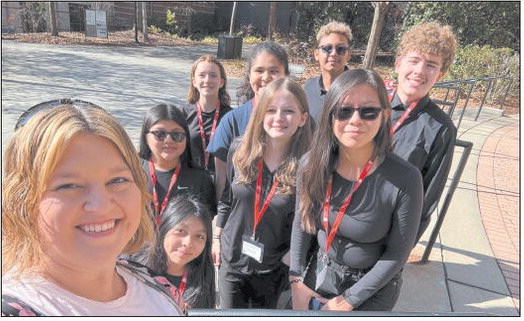Simple Eating


Favorite meals here are usually simple.
Last night, unable to answer, “What's for dinner?” we had a “lite”supper of apple slices smeared with peanut butter.
Sunday lunch was leftover pinto beans with cornbread. The cornbread was freshly baked and is better fresh from the oven.
My family owned and operated Phillips Mill on Dog River, although there isn't a thing left of it except segmented parts of Phillips Mill Road.
The mill was built in the late 1920's by Mr. Jim Cansler, who had a son named “Radar.”
Mr. Cansler could be the singular subject of a note to you, but that will come later.
The mill was built across the river from Pray's Mill which was burned in July 1864.
Cornbread was baked in the Phillips house for every meal except breakfast.
The family baked thick cornbread in cast iron skillets. Elsewhere families used a thin batter of water, meal and salt, producing “lacy” cornbread. Some call these “johnnycakes,” “hoecakes,” ”lacy cornbread,” but they all describe about the same thing.
Legend says “hoe cakes” were baked on the blade of a hoe over fire place coals. That might be true, but I've never seen it done that way.
In the fall and winter, after hogs were butchered and processed, the fat was rendered in wash pots. The bits of remaining meat were saved in a separate bucket of lard and called “cracklins.” They were included in the cornbread batter for “cracklin bread.” In the late 1940's or soon after, my father and his brother Guy, who operated the mill, went down to grind corn meal and a half a peck of grits. Millers adjusted the stones to regulate the texture of the resulting meal by the feel of the meal as it poured out of the spout. Guy was disappointed by the quality of the meal and abandoned the idea of grinding more but kept the grits. By this time the mill was limping along and out of commercial business.
The grits were coarse, more like cracked corn or the “scratch feed” for chickens than continued from page
the mushy stuff sold today as grits. There was substance to it, something to chew.
Breakfast was the heaviest meal of the day, with meals becoming lighter as the day wore on.
Supper might have been fresh cornbread crumbled up in a tall glass of
buttermilk. Some afternoons there was no cooking done at all. When all hands were in the field until dusk, such as when cotton was ready to be picked and rain expected, nobody had time to cook. “Cush” was a dish made of corn meal mixed with a glass of warm milk flavored with butter, lard, salt, pepper, and eaten with a spoon. Overnight the cush jelled then was sliced and fried for breakfast.
“Mush” was similar to cush but made with water rather than milk.
Some families reversed the names “mush” and “cush” but that's alright; either way it was simple eating.
joenphillips@yahoo.com

Ruth Phillips at Phillips Mill on Dog River.





